Catholic Priest Mural - El Paso, Texas
Mural de Sacerdote Catolico - El Paso, Texas
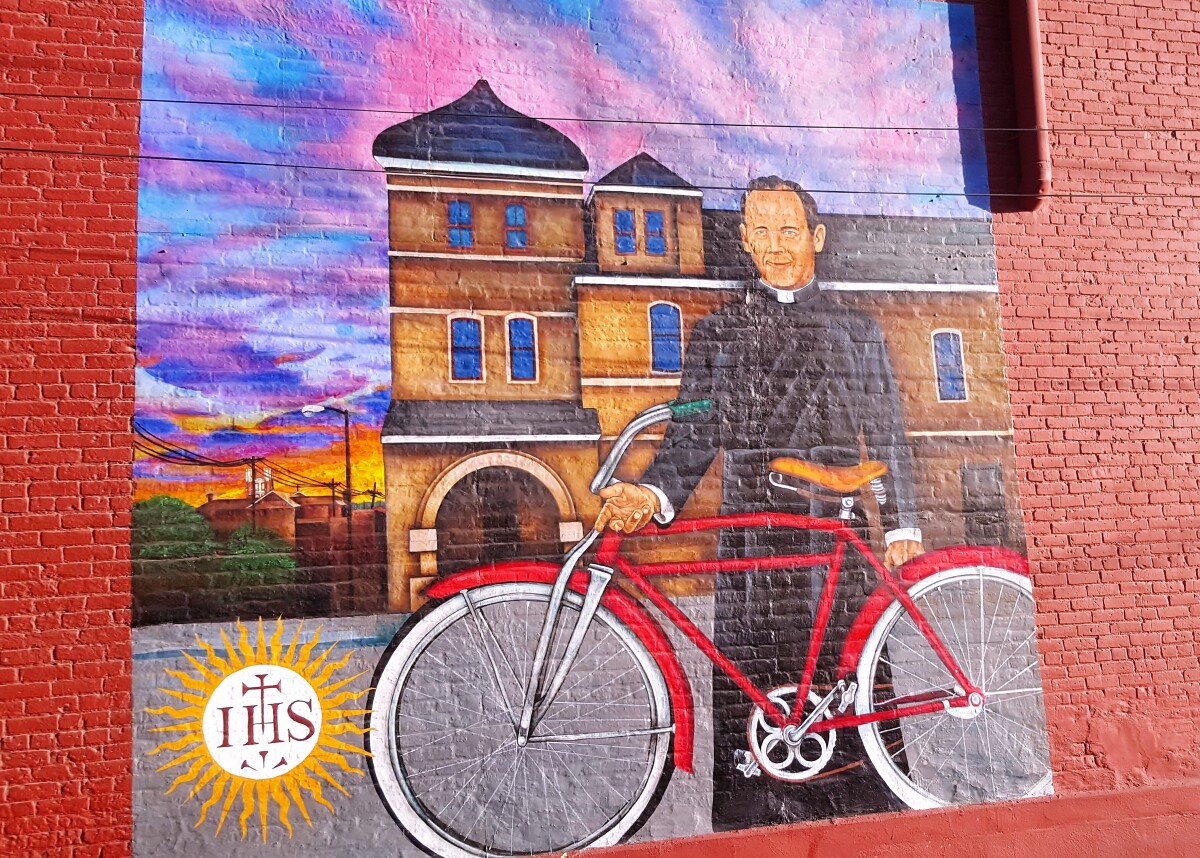
Catholic Priest Mural - El Paso, Texas
This mural, found on 805 S. El Paso St. depicts a priest that had significant impact on the downtown community. Harold Joseph Rahm, a Catholic priest and Jesuit, became well known for his work with gangs and inner-city youth in El Paso, Texas, US. From there he went to Campinas, Brazil, where he extended his efforts at prevention and treatment of drug addiction, receiving wide acclaim for his initiatives. Soon after ordination, in 1952, he was appointed assistant pastor at the large, Spanish-speaking parish of Sacred Heart in El Paso, covering the Chihuahuita district and Segundo Barrio. The church steeple is clearly visible from the border crossing with Juarez, Mexico, just two blocks away. Along with him at Sacred Heart were four elderly priests to cover confessions and funerals and another young priest who served as pastor and covered the rectory duties. Rahm's task was to be out in the densely-packed neighborhood where second homes were in back yards and alleys had become streets. This neighborhood was one of the poorest in the nation. He soon acquired a bicycle which he used to deliver breakfast to the elderly, and which gave him quick access to where the youth hung out. He immersed himself in the life of the people, visiting, having block Masses in their back yards, and accepting their advice. As he tackled the problems of youth gangs and drugs, he found ready help in downtown businessmen, in members of the El Paso Sertoma Club, and in the City Parks and Recreations Department. At one point he heard of a gang fight scheduled for midnight, and found two gang leaders with knives drawn ready to go at each other. He impulsively grabbed one by the arm and flipped him on the ground, leaving the other youth gawking that a priest could do this. His being down to earth gained him the respect of the gangs and much help from the people. He co-founded Guadalupe Thrift Store, an employment office, and a credit union. He was given Monday night and Sunday afternoon slots on KROD-TV where he gave the youth a chance to perform – dance, dialogues, plays, and contests. Spanish-speaking KELP-TV was later added. The better-off students in the parish attended Bowie High school, and from there he got a leader for his Guadalupano Club, Edmundo Rodriguez, an all-district football center who would join the Jesuits and later become Rahm's provincial superior. Guadalupano Club held parties, weekend retreats, picnics, and spiritual meetings. As club membership spread among the youth, gangs were frustrated in their recruiting. But more important was his sports program which recruited young boys to play basketball, baseball, and other sports with the help of athletes from the El Paso College of Mines, now known as UTEP (University of Texas in El Paso). https://en.wikipedia.org/wiki/Harold_Rahm
Report this entry
More from the same community-collection
City Hall circa 1915, El Paso, Texas
Intersection of Myrtle & San Antonio Streets between 1910-1920. ...
Church and County Courthouse in 1890s
This picture, dating back to the 1890s, shows the County ...
Bird's Eye View of El Paso from Mesa Garden
The picture captures El Paso between 1890 and 1900. It was taken ...
The Popular Dry Good Company
The Popular department store chain, founded by Adolph Schwartz, ...
Chamber of Commerce Anniversary Luncheon
These are the past and present directors of the El Paso Chamber ...
N. Mesa Street Downtown El Paso, Texas
Image of N. Mesa Street with sign and lamp post in downtown El ...
Betty Moor MacGuire Hall - El Paso Texas
Photograph of the Betty Moor MacGuire Hall. The picture features ...
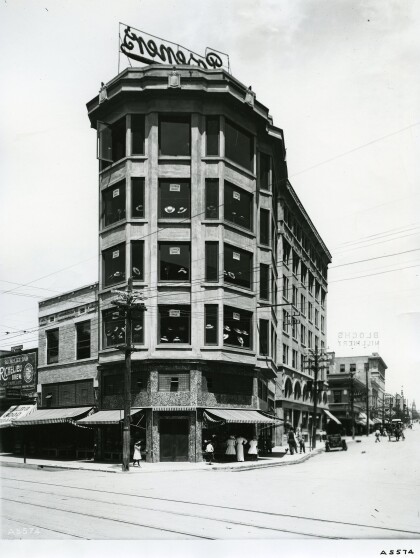
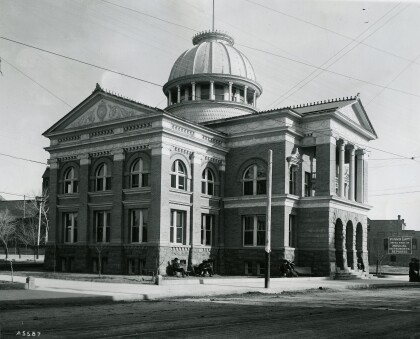
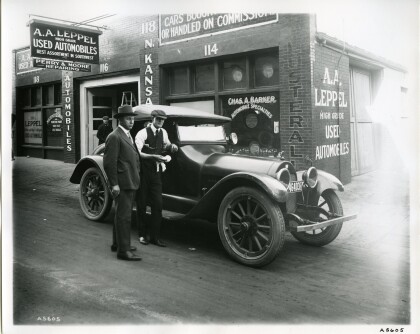
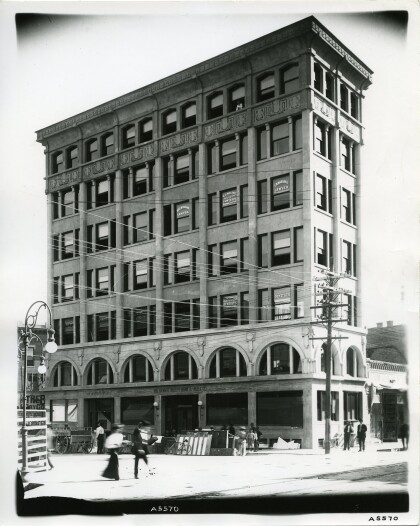
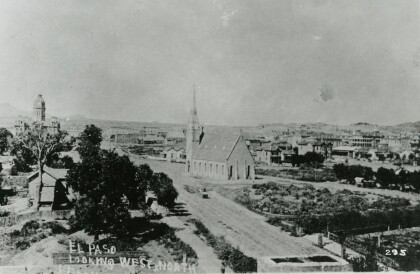
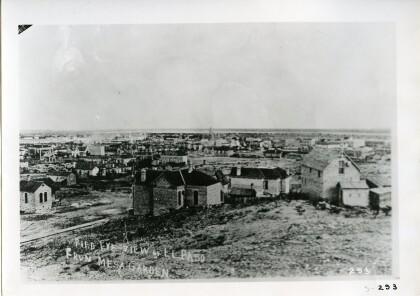
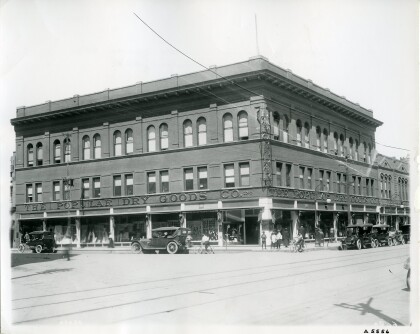
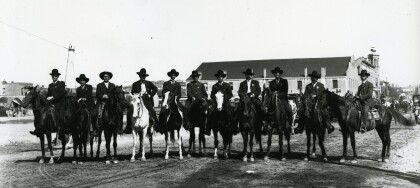
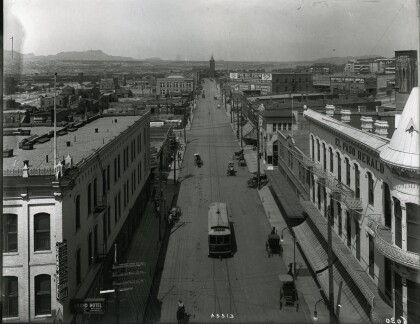
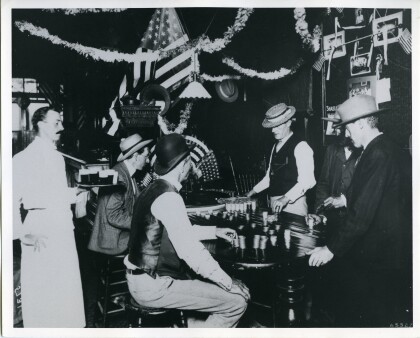
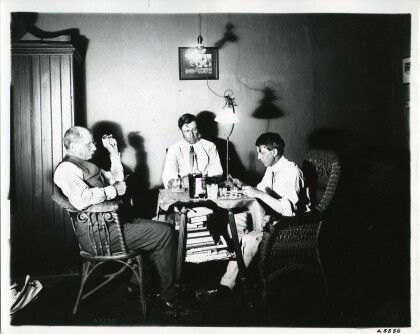
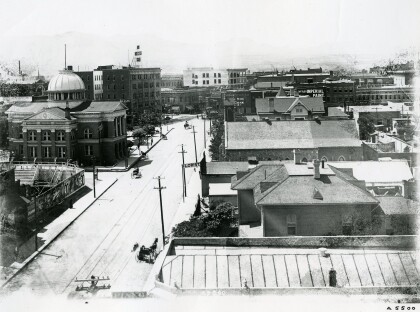
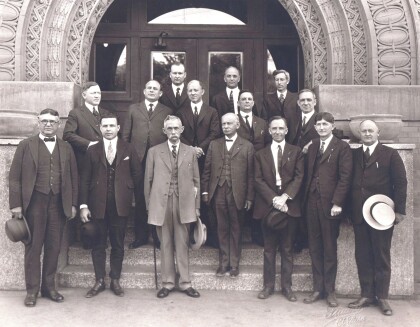
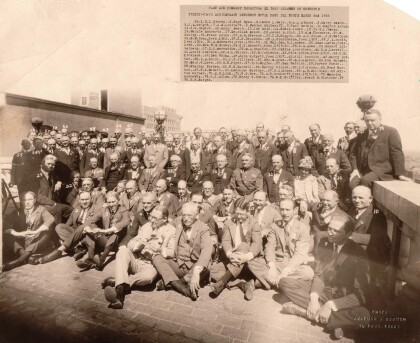
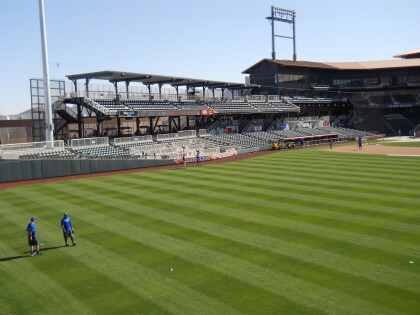
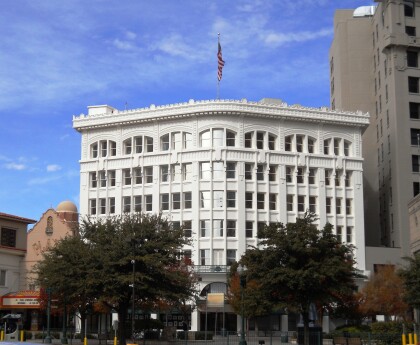
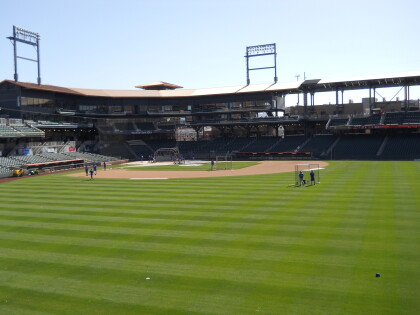
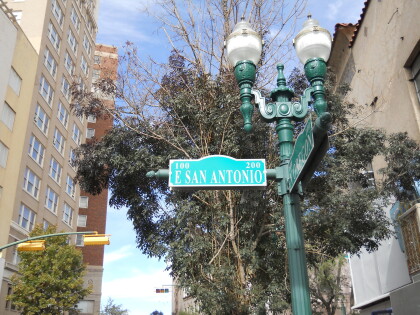
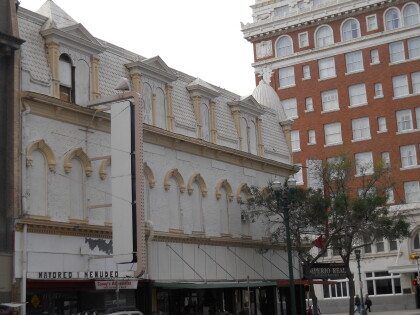
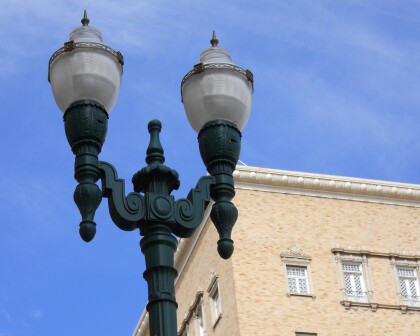
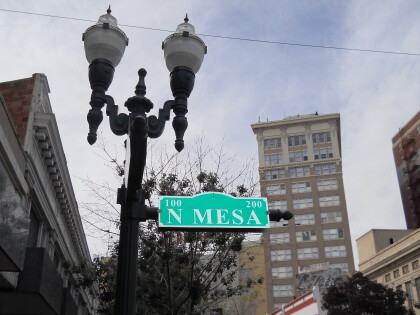
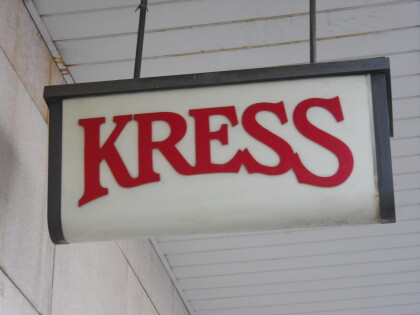
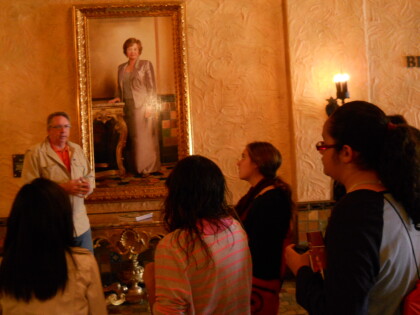
See newspaper article by Anthony Jackson, Recognition sought for Segundo Barrio, El Paso Times, May 19, 2021 p. A1 and 4A.
Father Rahm lived to be more than 90.
Building in background was previously Douglass School. Historical marker in front of that building placed roughly 2019. Search this site for pictures of installation.
See book by Janine Young, ISBN 978-2-7468-2951-0 , p.87